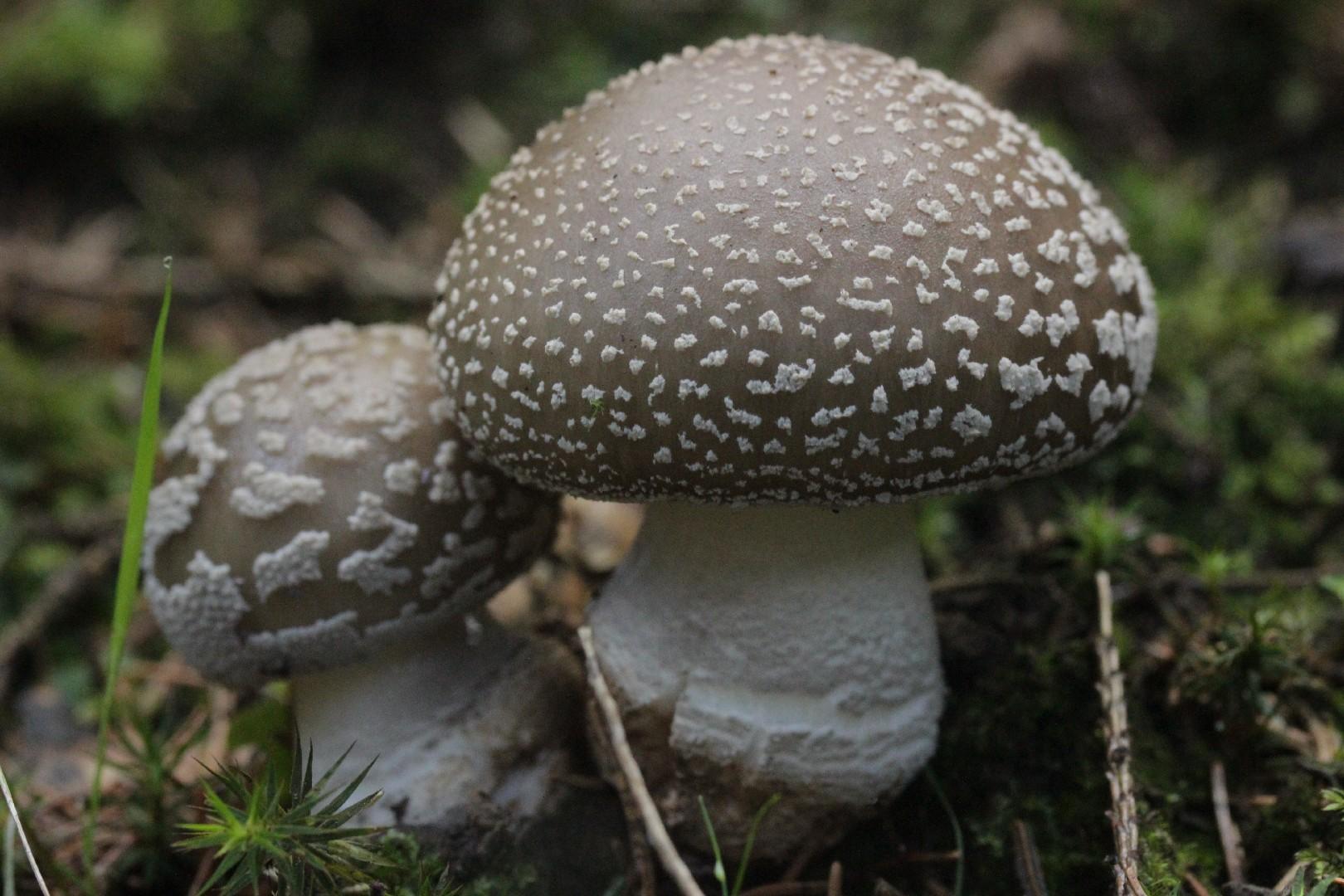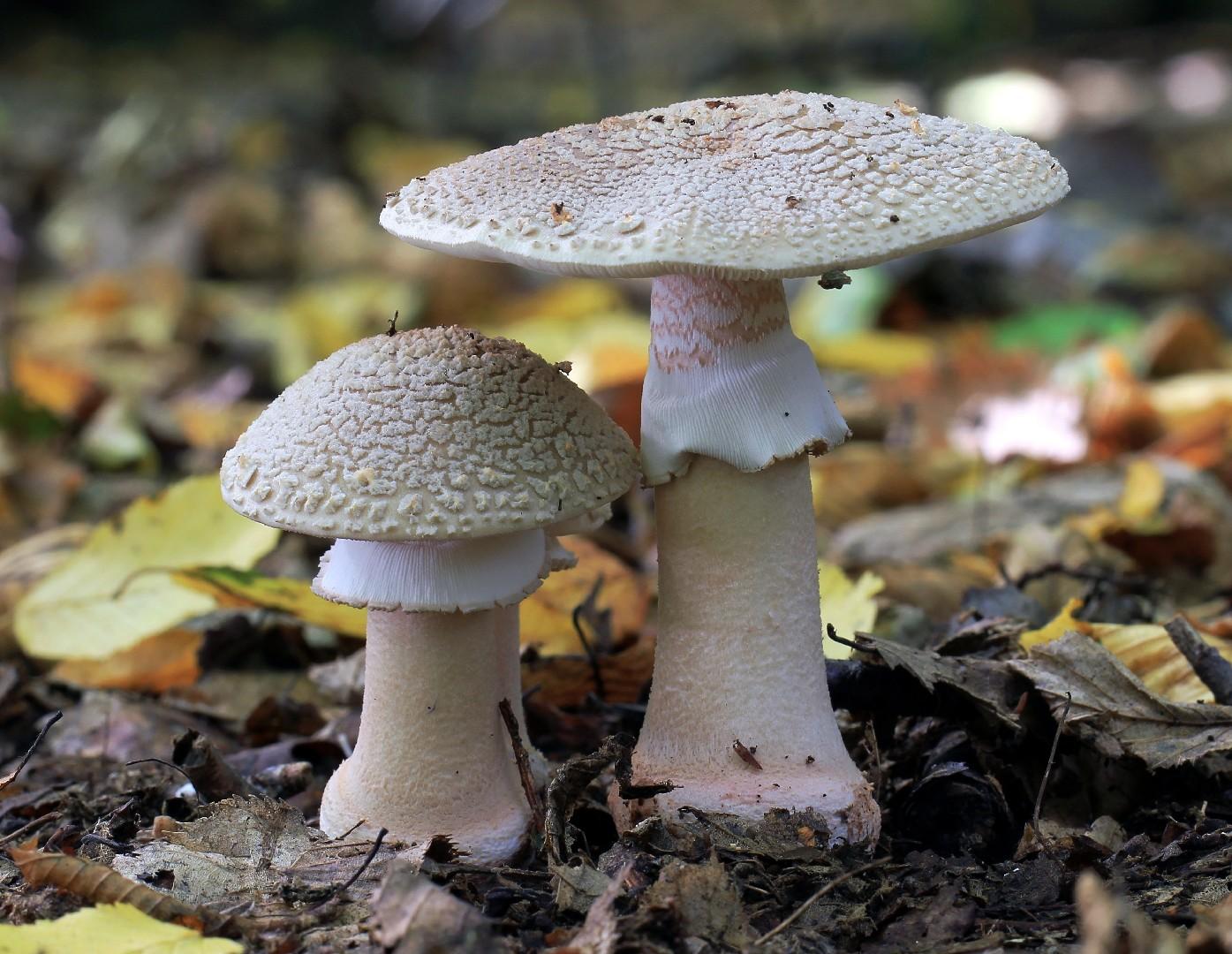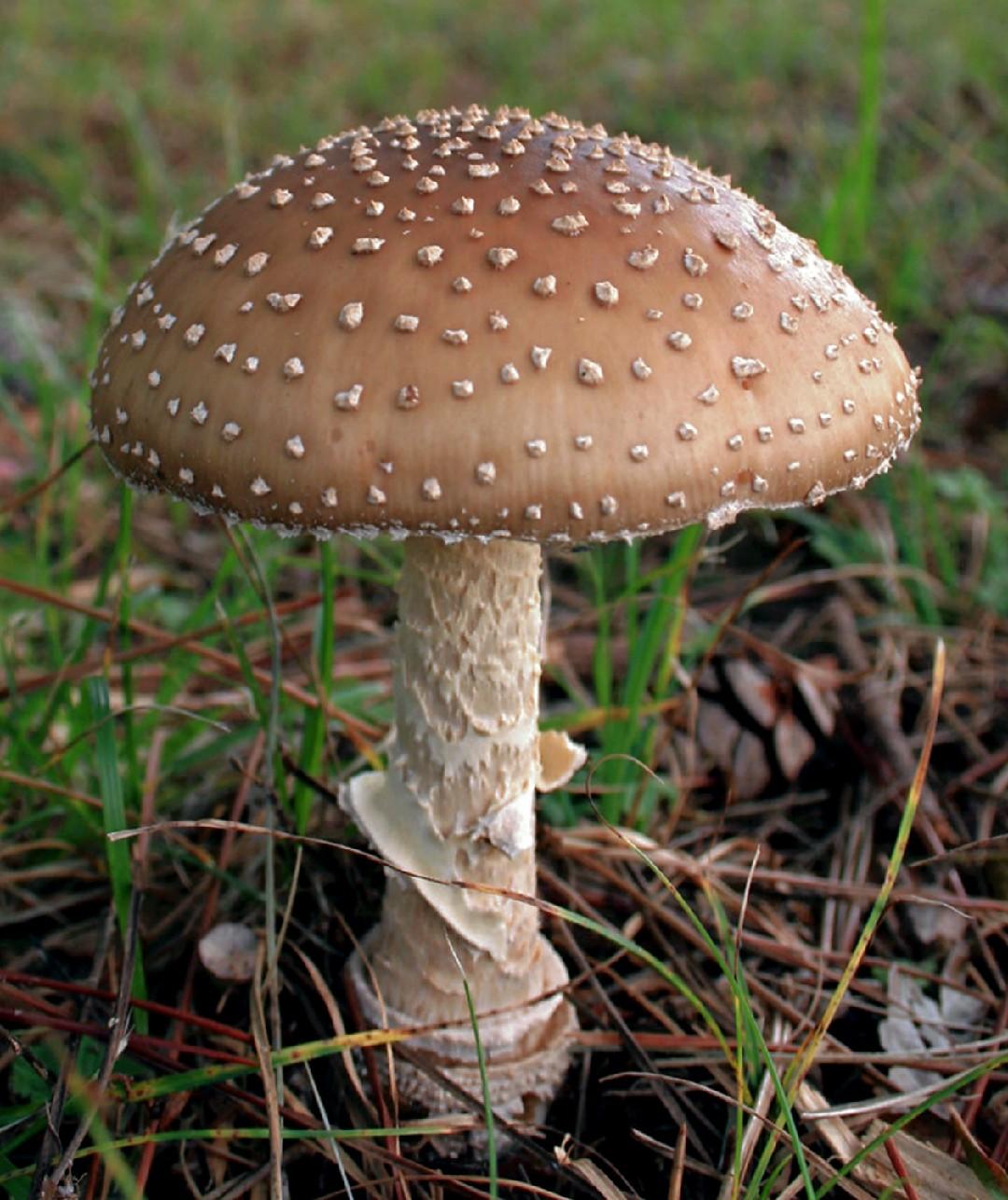

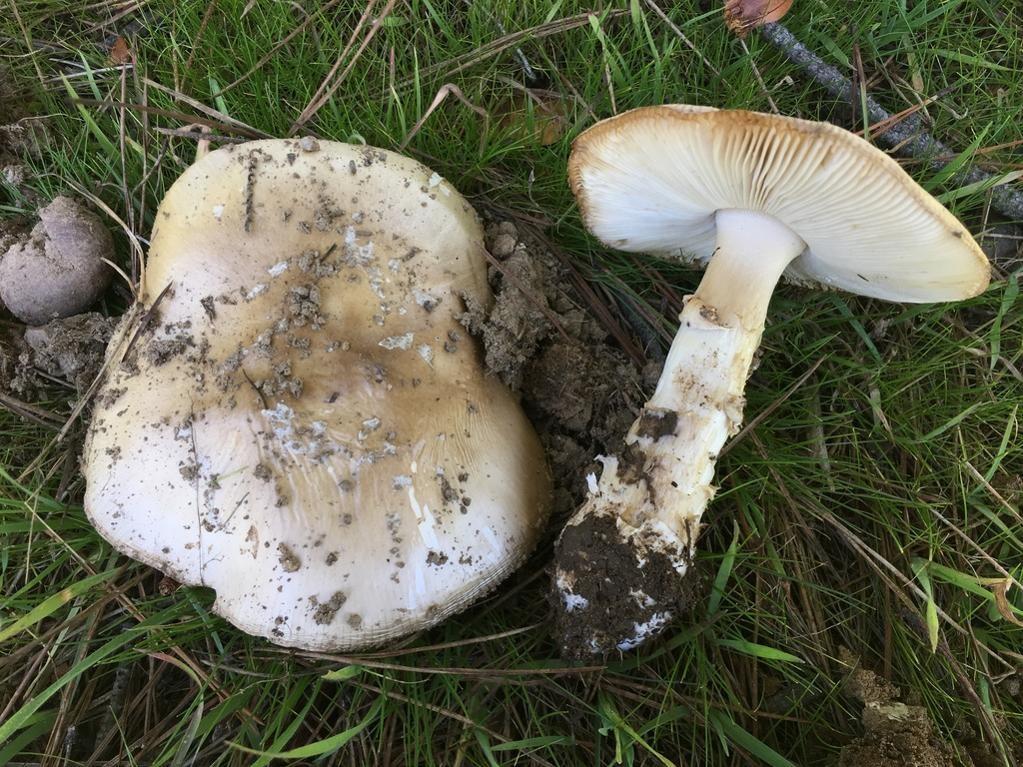
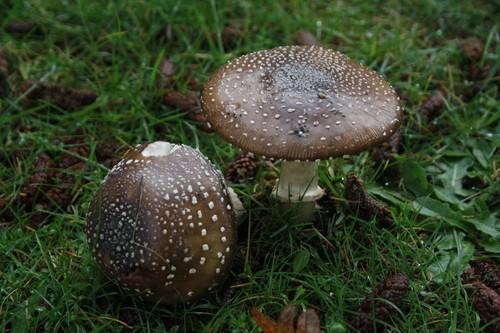
Panther cap
Amanita pantherina
A species of Amanita mushrooms. Also known as False blusher.
Distinguished by the brown-and-white mottled design on its top, the unique panther cap fungus flourishes beneath hardwood trees, especially oak and beech, and also beneath Monterey pines in urban or forested settings. It possesses a blend of toxic compounds that can prove fatal.
Attributes of Panther cap
Scientific Classification of Panther cap
Toxicity and Edibility of Panther cap
Is Panther cap Toxic?
A neurotoxic fungus, the Panther cap, thrives in humid woodlands and forests during the warmer months of summer and autumn. Ingesting this mushroom can cause a range of symptoms such as stomach discomfort, parched skin, disorientation, and significant fluctuations in heart rate. Recognizable by its brown cap, it is frequently confused with harmless types. It is imperative to consult reliable mycological references prior to handling any unidentified mushrooms.
Is Panther cap Toxic to Dogs?
Panther cap can be dangerous to dogs. If your pet has consumed this mushroom, seek immediate veterinary attention. Symptoms may vary, but early intervention is crucial for the best outcome.
